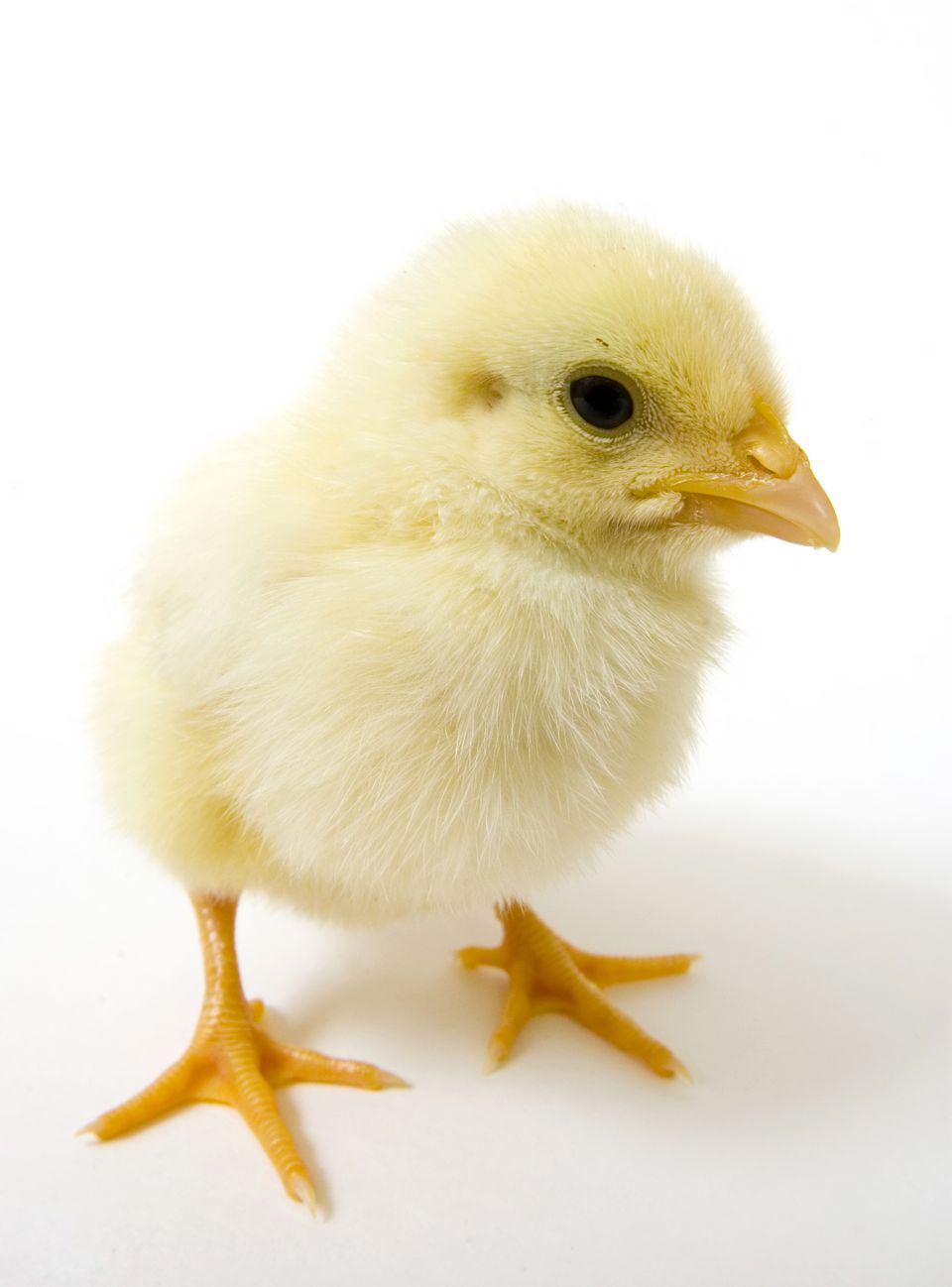Setting Up Your Brooder
- A waterer Little Giant Screw-On Poultry Waterer Base and Little Giant Screw on Plastic Poultry Jar.
- A feeder Little Giant Plastic Poultry Feeder Base and Little Giant Screw on Plastic Poultry Jar.
- Probiotics and electrolytes Sav-A-Chick Combo Pack.
- Feed (the Co-Op recommends medicated for the first few weeks) Nutrena Country Feeds Chick Starter Grower 18% Crumbles Medicated.
- Bedding Kiln Dried Shavings.
- A heat lamp Brooder Lamp.
- A heat lamp bulb Red Heat Bulb.
- A thermometer Little Giant Incubator Thermometer.
- A space to house your chicks. Several options are available for this; some use Rubbermaid Storage Tubs, some use stock tanks, and some use a makeshift pen with dog cages and the like. This is also an option: Baby Chick Starter Home Kit.
 Ensure that the water is not under the heat lamp. Place the food there if necessary.
Ensure that the water is not under the heat lamp. Place the food there if necessary. - Keep the brooder at about 90-95 degrees. The brooder temperature can be reduced by 5 degrees each week until the chicks are at room temperature.
- Attach the heat lamp 18 to 20 inches from where the chick’s heads will be.
So, you’re getting chicks! It is imperative that you have the correct supplies and setup for young chickens as
 that ensures their health and wellbeing henceforth. The Essex County Co-Op has put together some guidance and advice on what to buy and how to set up your brooder, which will be your chick’s home for the next few months! While the guidance below is based on six chicks, the Co-Op team can help you if you are getting more than six chicks and are unsure how to proceed.
that ensures their health and wellbeing henceforth. The Essex County Co-Op has put together some guidance and advice on what to buy and how to set up your brooder, which will be your chick’s home for the next few months! While the guidance below is based on six chicks, the Co-Op team can help you if you are getting more than six chicks and are unsure how to proceed.
I’m buying chicks today, what do I need to buy?
You’ll need a few things which are listed below:
Where do I put all of these supplies inside the brooder?
There is no right or wrong way to set up a brooder, but here are some helpful tricks.
I don’t like pine shavings. Do I need to use them?
There are several bedding choices, however, many prefer pine shavings. Some alternatives are a thick layer of newspaper, shredded paper, or straw. It is imperative that cedar shavings are not used around baby chicks, as cedar has a detrimental effect on their respiratory tract. Additionally, it is important that chicks have a base with some sort of bedding to prevent them from walking in their own filth and to prevent them from developing bowed legs, given chicks cannot stand well on their own at the beginning.
How do I know if my chicks are cold?
Chickens when cold will huddle together under the heat source. If hot, they will spread out as far away from the heat source as possible. If you see behavior that indicates they may be too hot, simply raise the heat source a few inches. If they seem too cold, do the opposite.

How long do I keep my chicks in the brooder?
The short answer is that they need to remain in the brooder until they have all of their adult feathers. Generally, that means that they will be in the brooder for six-to-eight weeks.
Have other questions or need more advice? Stop by the Essex County Co-Op and chat with our staff!
